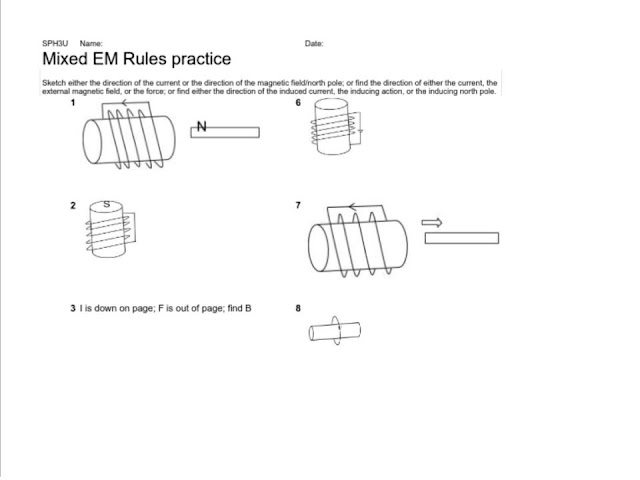I'm writing this on the train back from the OAPT conference hosted at the University of Western Ontario, and it was, of course, amazing. I have so many thoughts and new great ideas to put into practice. Some quick takeaways:
- thinking about using improv techniques in class to overcome my (and students') implicit bias, especially "Yes, and?"
- "We use mathematics to help us make the physics more precise."
- "Just because I don't have a 'math brain' doesn't mean I don't have something useful to contribute."
- "You're not part of a group, you're part of a team."
- Yes, the students do really need to draw a picture
- Why haven't we been using the rotunda at Jarvis to make super-long pendula?
I think I'm going to have to wait until June to do the write-up justice. I will share my presentation on Tweaking the Traditional Lab below; a link to various files and resources is posted in the resources section of this blog.Who's got two thumbs and just won a full registration to #stao2018? Thanks #oapt2018! pic.twitter.com/AMR74RKr4c— Ms McPhee (JarvisCI) (@ms_mcphee) May 11, 2018
(Incidentally, one of the things I always like to mention when I'm introducing myself at presentations is how amazing the PD is on Twitter. The chart on the first slide is a perfect example. Elizabeth Houwen (a math teacher, incidentally) posted it last June, and I thought it would be a great way to get the students to practice unit conversions as well as estimation, and we also got a nice little lab out of it and an anchor chart so they have "reasonable" speeds to compare their answers to. All from one small tweet!)
***
I've been busy converting my
I made these using the =image() function, which allows you to put an image directly into a cell (and not just overlay the image on top). Unfortunately, you can't use the shared url of images on your Google drive (which is odd and annoying).
I'll probably refine the mixed version so that it's a little more clear what you need to find in each question; I'm not sure a student would recognize immediately that they need to find the direction of the action of the magnet for 1 and the location of the north pole for 6.
You can find these and a lot more randomized practice sheets at my course website; click on the practice sheets link under Resources.
Incidentally, sometime between last December and April, Google changed the formatting of "publish to pdf" for Sheets so that it's landscape instead of portrait. There doesn't seem to be a way to modify this, and it's really mucked up my formatting. Everything is spread over two pages, and don't get me started about what it did to my spectroscopy sheets.
Please let me know if you find these useful!




No comments:
Post a Comment